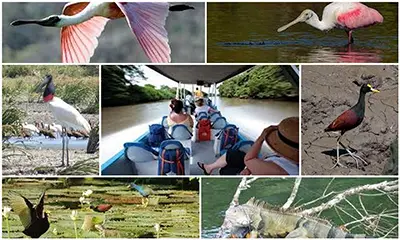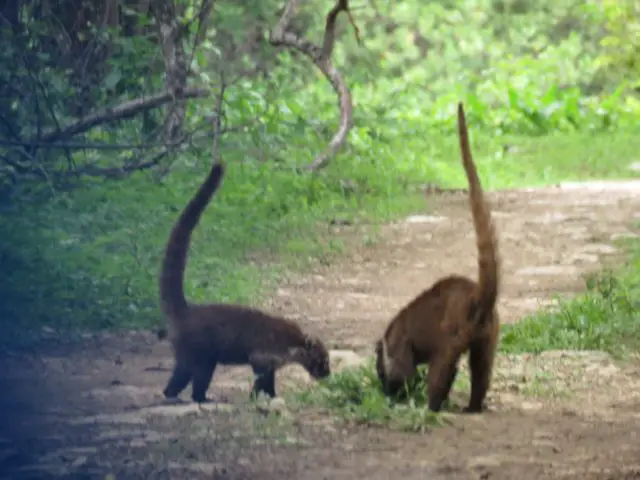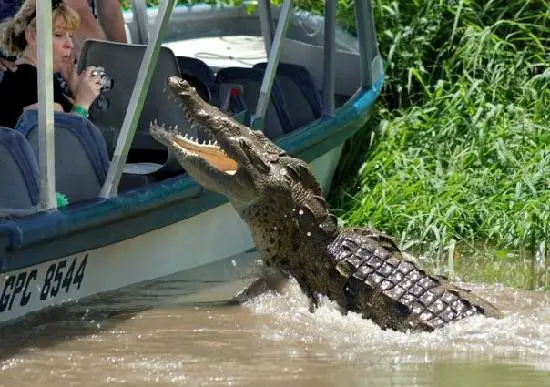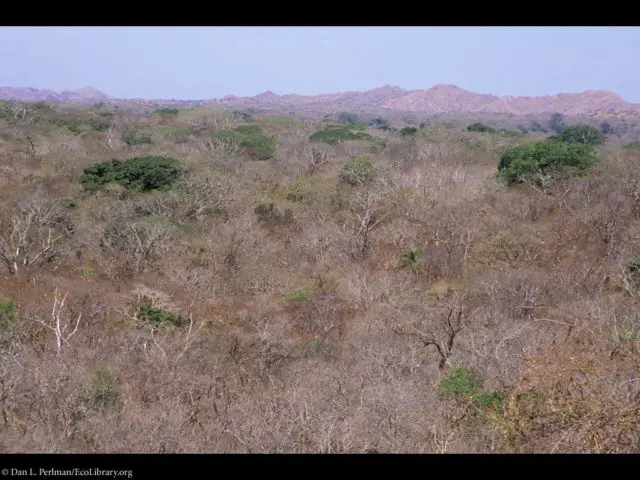
Located along the banks of the Tempisque River, Palo Verde National Park is one of the best places in Costa Rica to appreciate the diversity of wildlife. It protects a portion of the Tempisque River, where the lowlands are found, an incredibly diverse habitat, where salt and fresh waters meet, combining deciduous forests with tropical rainforest.
Palo Verde National Park is a protected natural area of Costa Rica located in the province of Guanacaste. It was declared a national park on April 30, 1978, and has an area of 18,418 hectares, which includes low lands and lake areas, floodplains, swamps and limestone hills (land that until 6,000 years ago was covered by sea). In 1991 it was included in the Ramsar List of Wetlands of International Importance.
Importance
The Palo Verde National Park is formed by a set of diverse floodplain habitats, delimited by rivers and a row of calcareous hills. This area is subject to seasonal floods of great magnitude. During the rainy season and due to the little natural drainage that the plain has, the area is flooded due to the combined action of rain, tides and overflows from the Tempisque and Bebedero rivers. On some occasions, the entire area becomes a huge lagoon.
Flora and fauna

Palo Verde is one of the most ecologically diverse places in the country; there are approximately 15 habitats that are created by topography, edaphic conditions, including drainage, river overflow and the effect of tides.
Among these habitats are brackish and freshwater lagoons and swamps, zacatonales with salted mangroves, grasslands with raspaguacal, lowland forests, mixed plains forests, mixed forests on calcareous hills, riparian forests, wooded savannas, waterlogged forests, and evergreen forests.
One of the most conspicuous species that gives its name to the place is the paloverde, a bush of leaves, branches, and part of the light green trunk, which is found in both swamps and other habitats. Among the largest trees are the espavel, ceiba, pochote, rum, rum belly, guayabón, javillo, cocobolo, and loquat.

In the swamps, you can see species of aquatic plants such as Tifa, Trista, gamalote grass and platanilla. Cardones abound in the hills; endemic species to Costa Rica, there is also the royal guayacán, a precious wood tree in danger of extinction.
The natural hydrological system of Palo Verde creates the most important concentration of waterfowl and watershed in the country and Central America, both resident and migratory. From September to March, thousands of bird species like herons, egrets, buzos, íbises, ducks and water cocks are concentrated in the lagoons and neighboring areas to feed and reproduce. The birds observed both aquatic and terrestrial add up to 279 species; although this number could rise to 300 since at least 40 other species have been observed in neighboring places.
The Isla Pajaros of 2.3 hectares located in front of the park, is of extraordinary importance for having the largest colony in the country of the coroninegro martinete and for being a nesting area for the ibis monitor, the needle duck, the pink heron, the heron, and the egret. In the park, the Galan sin Ventura an endangered species and the only population of lapas Rojas of the dry Pacific plains.
Some of the most abundant mammals are congo monkeys, carablanca monkeys, howler monkeys, pizotes, white-tail deer, red squirrels, porcupines, and coyotes. In the Tempisque, crocodiles up to five meters long have been observed.
Palo Verde National Park is home to one of the most densely populated areas in Central America of migratory birds and aquatic species. It is important for migratory birds of the Mesoamerican Pacific. This park will delight any avid bird watcher. During the rainy season, at least 250,000 birds reside here. However, this is not the best time to visit the park, since seeing the surrounding wildlife can be extremely difficult. The dry season, on the other hand (from January to April), allows better visibility of birds and other wild animals because there is little vegetation to obstruct the view.
Dry Tropical Forest

The dry tropical forest that once spread across much of the Pacific coast of Central America now has little presence. During the last centuries, the forest has been destroyed by man, so Palo Verde protects one of the last remaining in the region. This area is considered dry forest because throughout the middle of the year there is little or no rainfall. Shrubs and trees in the region lose their leaves to conserve water during this time. Once it starts raining again, around April, beautiful flowers can be observed as well as tens of thousands of birds that make their migration to the park. No matter what time of the year you are visiting, you will most likely be able to appreciate bird species. During the dry season, many of these birds tend to congregate around the few and scarce water sources available, so locating near a pond or body of water can be a good idea to get the best views of the beautiful birds.

